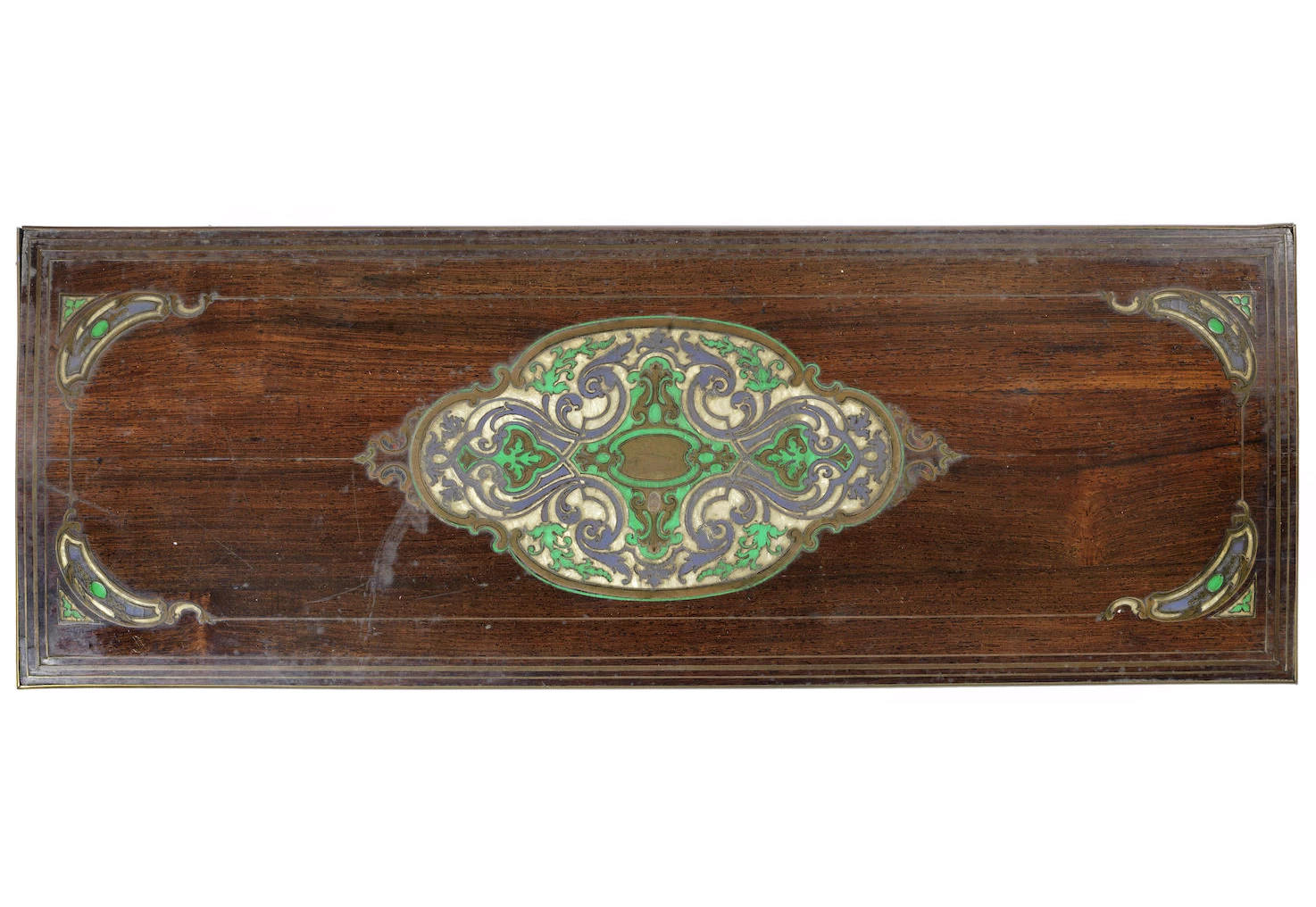In science, things can move quickly and once-vaunted instruments are often left by the wayside. Bonhams auction houses around the world regularly scoop 'em up and dust 'em off, inviting the technologically curious to take a little stroll through the history of scientific achievement and invest in what we've previously argued is one of the most undervalued collectibles marketplaces. Bonhams' upcoming Scientific, Technological and Mechanical Musical Instrument auction in London will showcase a range of rare and unique collectibles, with amputating saws and hand-cranked mechanical calculators all part of the mix.
Up until 1948, if you were somebody who needed to solve complex maths problems on the run you didn't have a whole lot of options. Sure, mechanical calculators had been around for a few centuries, but these machines were not what you might call mobile.
Enter the handiwork of Austrian-born engineer Curt Herzstark. He first imagined a portable mechanical calculator in the late 1930s, but the invasion of the German army put these aspirations on hold, particularly once he was hurled into a concentration camp. But the Nazi's were privy to his technical savvy, and offered him a reprieve by way of a position in a slave-labor factory building precision parts for secret military projects.
The Nazi's then caught wind of Herzstark's ambitions to build a small calculator. They took him aside and told him if he was able to produce a working version, they would afford him the honor of gifting his project to the Führer. Herzstark and his fellow prisoners would be freed in 1945, by which point the engineer had drawn up detailed designs. He took these to a German factory where machinists were able to produce three working prototypes of what is considered to be the first mechanical calculator small enough to fit in a pocket.
The Curta calculator looks much like a pepper grinder. Users enter digits by adjusting the vertical sliders on its side. This figure can then be multiplied, added to, subtracted from or divided by making changes to a rotating band at the top and then turning the lever. The calculator then cranks out the answer and displays it in a circle of digits on its top surface.
A marvel of engineering and hugely practical for its time, an estimated 150,000 Curta calculators were made before the emergence of electronic calculators in the 1970s. The Type 1 was sold for US$125. At next month's auction it is expected to yield between $615 and $950.
Another offering to pique our interest was a pair of handsaws dating back to the 1700s. Those needing a limb amputated today can count on modern day medical equipment and highly trained surgeons to minimize complications. Back in 18th century Europe, the procedure was a little more, well, rough around the edges.

Fully conscious patients with severe infections and deformities had no choice but to grit their teeth as the jagged edges of large amputating saws cut through their skin, muscle and bone. These tools were often adorned with decorative features such as ebony handles and extravagant curves, which may have been aesthetically pleasing for a fleeting moment but, were harder to sterilize and did little to curb the spread of bacteria.
These savage reminders of early amputation techniques are expensive, but won't cost you an arm and a leg (unless you insist on checking to see if it's still functional). Two 18th century saws, one from Europe and one from England, are set to go under the hammer and are expected to attract bids of US$750 to $1400.
A total of 141 scientific instruments will be on offer at the Bonhams Scientific, Technological and Mechanical Musical Instruments auction in London on May 19. Among these are singing bird cages from late 19th century France, a $125,000 sundial, refracting and reflecting telescopes and a collection of 144 glass eyes neatly arranged inside a handy carry tray.
Click through to our gallery to see more picks from the collection.
Source: Bonhams





































